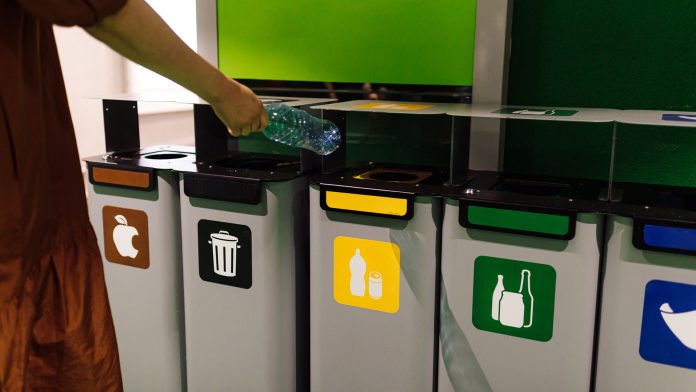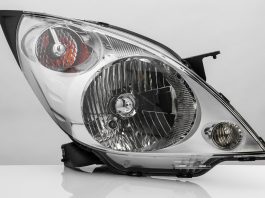Scientists have created technology to tell the difference between 12 different types of plastic and to separate them according to chemical composition.
Different types of plastic
In contrast to common perceptions, plastic is not just one material. Rather, it is a combination of many materials (or polymers) with different chemical compounds and additives, such as pigments or fibres, depending on its use. It is very difficult to tell the difference between different types of plastics, which is what raises issues when it comes to separating and recycling them.
New technology
In collaboration with Vestforbrænding, Dansk Affaldsminimering Aps, and PLASTIX, researchers from the Department of Biological and Chemical Engineering at Aarhus University have now developed a new camera technology that can see the difference between 12 different types of plastics (PE, PP, PET, PS, PVC, PVDF, POM, PEEK, ABS, PMMA, PC, and PA12). Together, these constitute most household plastic types.
The technology makes it possible for different types of plastic to be separated based on a purer chemical composition that has not been possible until now. The technology has been tested at pilot scale and is planned to be implemented at PLASTIX and Dansk Affaldsminimering Aps in spring 2022. Thus, researchers have created completely new and reliable opportunities to recycle plastics.
“With this technology, we can now see the difference between all types of consumer plastics and several high-performance plastics. We can even see the difference between plastics that consist of the same chemical building blocks, but which are structured slightly differently,” explained Associate Professor Mogens Hinge, who is the lead of this project being conducted at Aarhus University. “We use a hyperspectral camera in the infrared area, and machine learning to analyse and categorise the type of plastic directly on the conveyor belt. The plastic can then be separated into different types. It’s a breakthrough that will have a huge impact on all plastics separation.”
Old versus new
The technology currently implemented to sort through different types of plastic employs either near-infrared technology (NIR) or via density tests (floats/sinks in water). These methods can separate certain plastic fractions, but not with the same accuracy as the new technology, and therefore not with the chemical purity in the composition, and this is vital to be able to increase the recycling rate of waste plastic.
“The technology we’ve developed in collaboration with the university is nothing short of a breakthrough for our ability to recycle plastics. We look forward to installing the technology in our processing hall and starting in earnest on the long journey towards 100% utilisation of waste plastic,” commented Hans Axel Kristensen, CEO of PLASTIX.
To be recycled in conventional industry, plastic must be at least 96% pure by polymer type, which means it must be separated from other types of plastic to an almost pure product in terms of chemical composition. “Using the new technology, we are now a big step along the way,” assured Associate Professor Mogens Hinge.
Researchers from the study noted that the technology for separating different types of plastic is continuously being developed and that data indicates it may be possible to differentiate even further between polymer types and additives before long.









